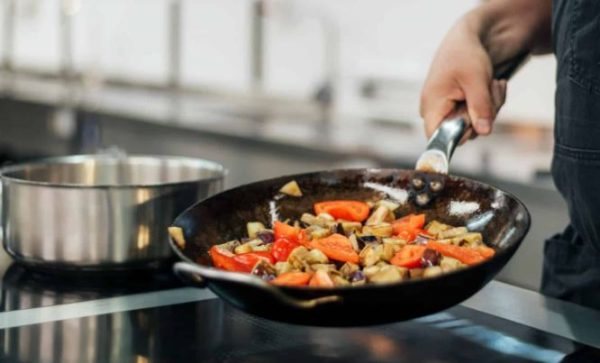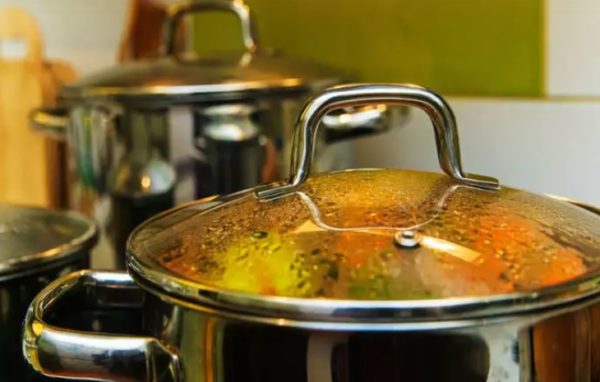Lifestyle
8 cooking methods and how they affect your food

With the array of food choices around us, it is not difficult to stay healthy anymore.
However, what poses as a problem is the way these foods are cooked.
We know a variety of ways in which food can be prepared, but what it does to our meal is what we need to understand first.
Here we decode how different cooking methods affect the nutrient value of the food we eat.
What all nutrients are lost?
Firstly, we need to know the nutrients which can be lost in the process of cooking:
1. Water soluble vitamins like C and B
2. Fat soluble vitamins like A and K
3. Minerals like potassium and magnesium
1. Boiling
There are certain vegetables that contain water-soluble vitamins. These vitamins may get lost if the vegetables are submerged in water for a longer period of time. Since vegetables are great sources of vitamin C, when boiled, a large amount of this vitamin C is destroyed. Other than this, B vitamins are also heat sensitive. However, if vegetables are consumed with the liquid they were boiled or simmered in, 80 per cent of the nutritive value can be retained.
2. Roasting
Since roasting is a dry cooking method, prolonged cooking under high temperature is involved. This leads to loss of B vitamins. Other than this, there is no significant loss to any other nutrient and hence, this is a healthy cooking option.
3. Microwave
A Harvard study reveals that microwaving is considered to be one of the safest options to retain nutrient value of food. However, this is only true if a) you do not microwave your food for more than 30 seconds to one minute at a time and b) your food is not heated in a plastic container. Since the period of time for heating is less in microwave, most of the nutrients are retained. Heating food in plastic containers is dangerous as unknown substances and chemicals can be transmitted into your food.
4. Grilling
This is a dry cooking method where heat is applied from below. Since cooking is done in high temperatures and gives a smoky flavour to our food, grilling can actually be unsafe. This is due to the smoke which grilling produces as it can be cancerous in nature. However, this can be reduced if smoke is reduced. Again, the major amount of nutrients lost are B vitamins.
5. Sautéing/ stir-frying
Another healthy way to prepare food, sautéing and stir-frying are identical methods of cooking. The only difference is that in stir-frying, the temperature is higher. Overall, these are healthy cooking options as the amount of ingredients like oil can be controlled. Sautéing and stir frying are also methods which improve the absorption of fat- soluble vitamins.
6. Baking
Another dry cooking method where temperature is high, baking is a healthy cooking option as the quantity of fats involved is in control. Since the food is heated from all four sides, the food is cooked evenly with no significant loss of nutrients like vitamin C.
7. Frying
Even though this cooking method makes food appetizing, frying holds some serious danger other than the high amount of fats that are involved in the process. Frying is a cooking method in which food is cooked evenly from all sides and inside out, but can ruin certain foods like fish. When oil is heated for a prolonged period at a high temperature, toxic substances are formed which can lead to cancer. Therefore, frying is not the healthiest option. Try opting for a healthier oil if frying is absolutely necessary.
8. Steaming
Considered to be the best cooking method for preserving vital nutrients of food, steaming is great for any kind of vegetable. The plus point of this cooking method is that even the water soluble vitamins which are lost in boiling are preserved in this cooking method. Adding a teaspoon of healthy oils like mustard and seasame can add taste to your steamed veggies.







